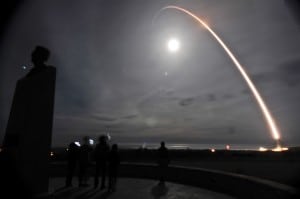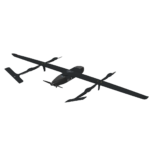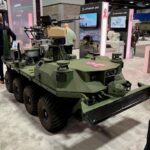
Not only is modernizing and recapitalizing the nuclear deterrent the Pentagon’s top priority, but modernizing the system’s command and control (C2) capabilities is another prerogative, according to officials.The Defense Department's nuclear deterrent is composed of a number of parts, including ICBMs, bombers, ballistic missile submarines and the C2 system that binds them together. Joint Chiefs Vice Chairman Air Force Gen. Paul Selva said Wednesday a number of decisions over the past decade to defer modernization in favor of other priorities…













